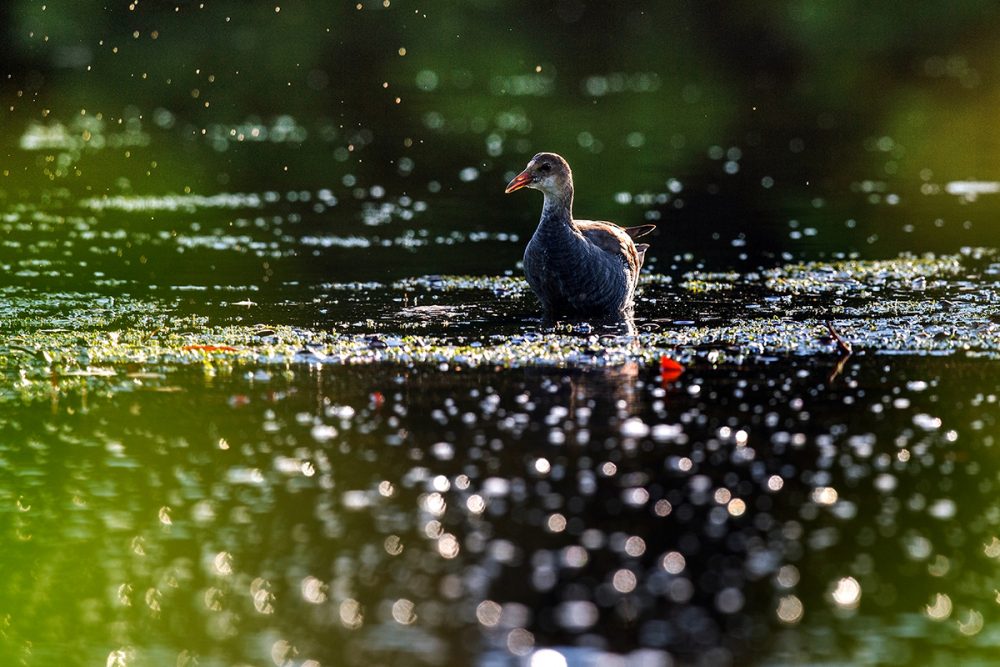About
Little is known about this rail’s breeding behaviour or ecology as it tends to be very reclusive.
Only one nest has ever been found, in 1975, by James Bond, a Caribbean ornithologist who inspired the name of Ian Fleming’s famous spy. The decline in Zapata Rail numbers is almost certainly due to introduced predators, particularly catfish and mongooses. Studies on the stomach contents of these animals show that they contain bones from Moorhens and other rail species and must clearly be impacting Zapata Rail populations as well. Other threats include human-started fires in the dry season. The Zapata Rail belongs to its own distinct genus Cyanolimnas and is part of the large Rallidae family, which is made up of over 150 species in 50 genera.
- Order: Gruiformes
- Family: Rallidae
- Population: <250
- Trend: decreasing
- Size: 29cm
EDGE Score
Distribution
This species is endemic to Cuba, occurring only in the Zapata swamp in Western Cuba, restricted to 1,000 square kilometres in the northern part of the swamp.
Habitat and Ecology
This species inhabit flooded vegetation and swampland, with low trees and tangled bush. They are likely omnivores, feeding on invertebrates and plant material. Little is known about their reproductive behaviour, though it is thought to be monogamous.
